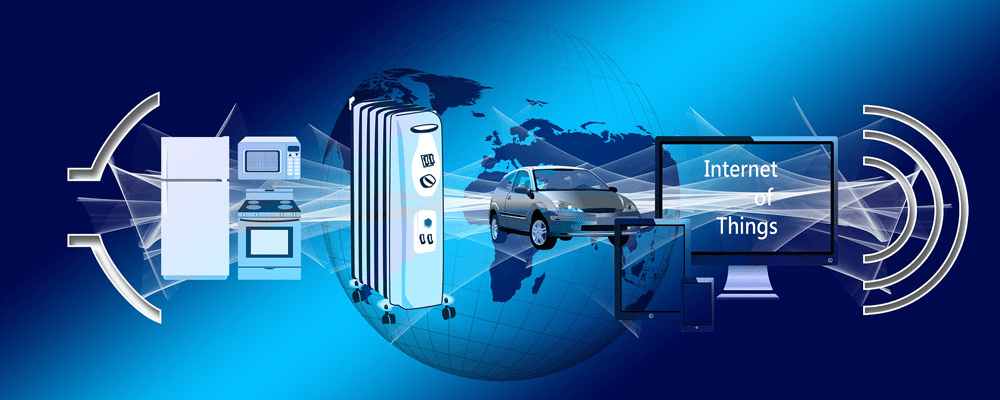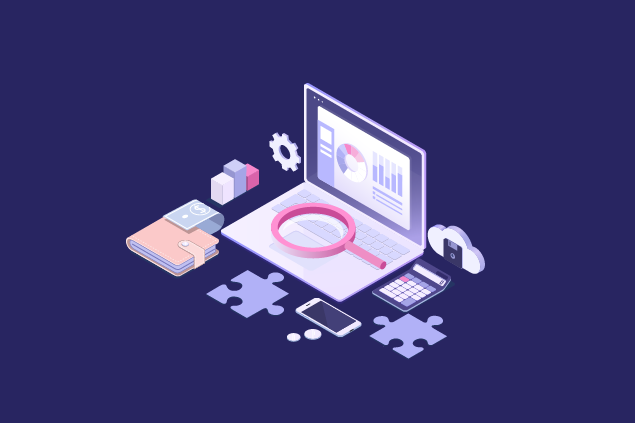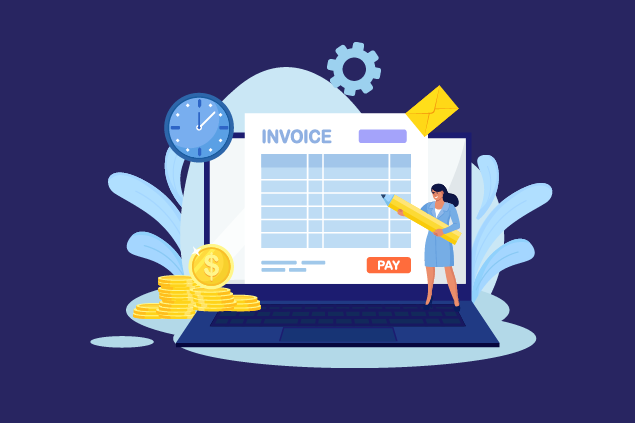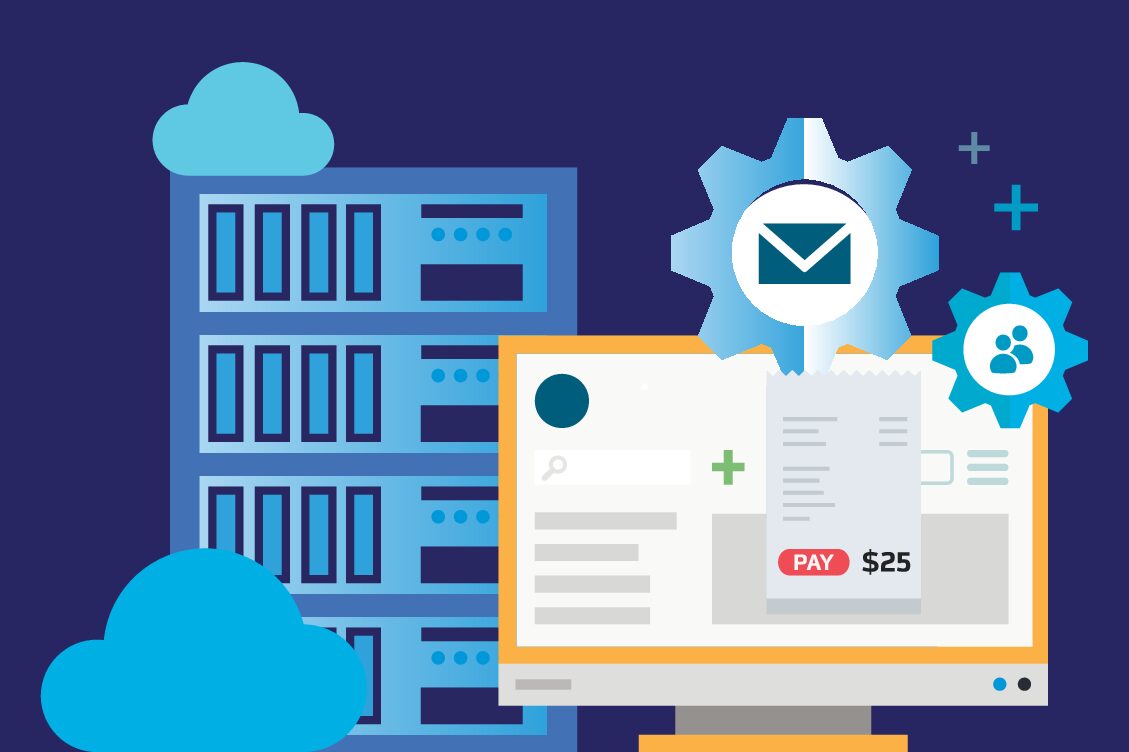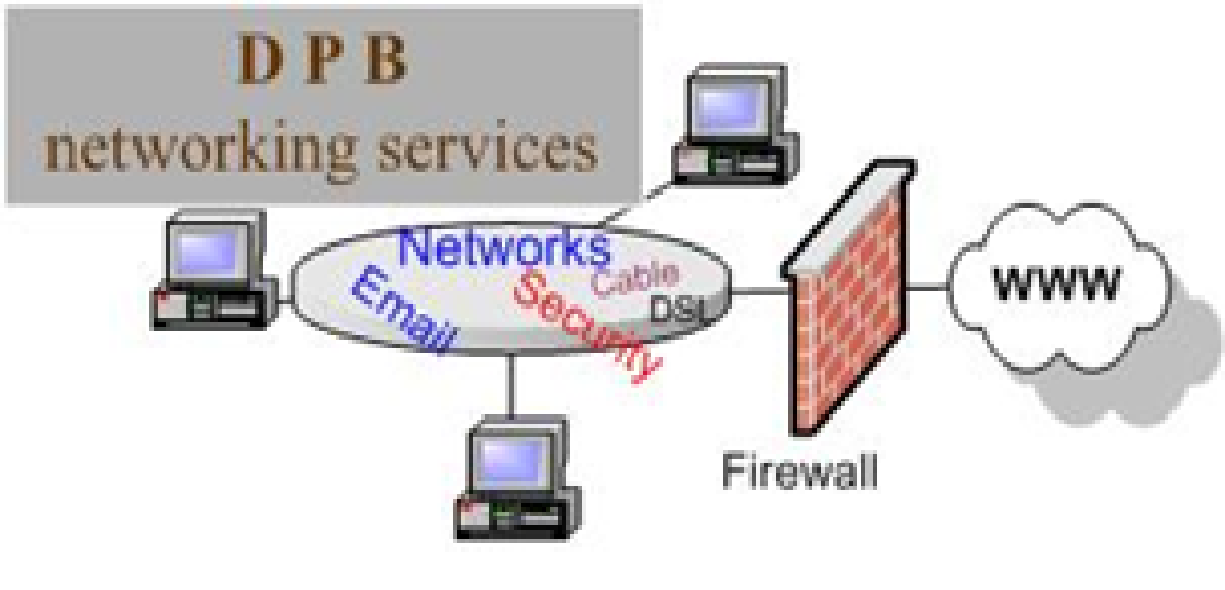I don’t have to tell you that the Internet is everywhere. It would be an incredible challenge to get through a day with absolutely no Internet interaction. From your car’s GPS to bank ATM machines, you will probably come in contact with some object that uses the Internet. When I first began seeing the IoT acronym, I assumed that it was an extremely high tech concept that would go completely over my head. I now know differently. Not only is IoT pretty straightforward, it can also prove extremely useful within the workplace.
What is it?
According to an article on WorkSpace, the Internet of Things (IoT) refers to “the ability of everyday objects to have digital connectivity by sending and receiving data through the internet.” Also referred as machine-to-machine (M2M) technology, it enables objects to communicate via the internet. Cool stuff, right?
This growing technology has exploded over the last few years and it is becoming more widely used by consumers. In fact, you probably used an IoT device within the last 24 hours. Do you have a remote home monitoring device? That’s IoT at work. Do you wear a physical activity monitoring device on your arm? IoT again. The technology is everywhere, from connected cars to connected cities, so why not bring this innovation into your workspace?
The connected office
I admit that some IoT workspace ideas are a little too grand for my understanding, like a robot that virtually brings individuals into a conference room halfway across the world. But, as pointed out by Workspace, there are some practical applications that you can easily implement today. Here are some examples:
- Smart locks that can be accessed from your phone provide added assurance that confidential documents are maintained under lock and key.
- With connected security cameras, you can check in on your office from anywhere in the world.
- Ever had to scan in a huge document one page at a time? Never again with a handheld scanner that quickly transfers words on a page to an electronic document.
- You never have to order ink again with printers that sense when toner is low and automatically orders more. You can even program them to take care of the monthly paper order.
These are just a few of the many applications currently available on the market. Why not bring the technology of IoT into your law office? Who knows, maybe that virtual conference robot isn’t so far off after all.
About Erika Winston:
Erika Winston is a Virginia based writer with a passion for all things legal. As a former domestic relations attorney, she understands the challenge of determining the best fee structure for your practice. Erika is a regular contributor to TimeSolv and a variety of other publications.

